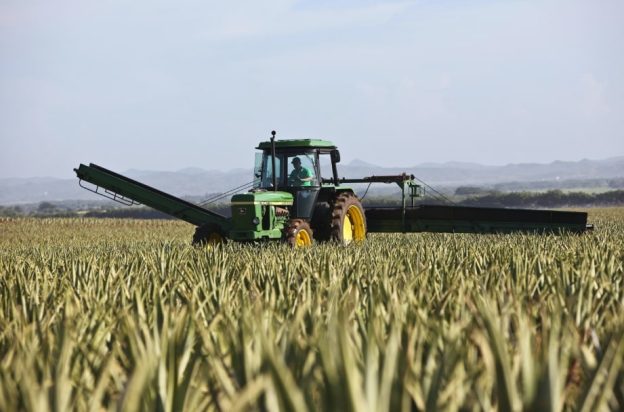Many people look at nitrogen fertiliser as the most important invention of the 20th century. It was responsible for the massive boost to food production, increasing crop growth and yield. Without it, there may have been big problems feeding a growing world population.
Issues
However, there is a major focus now on caring for the environment. Fertilisers are a source of greenhouse gas emissions. In fact, nitrous oxide (N2O) is said to be as much as 300 times more harmful than CO2. The production and use account for an incredible 5% of global emissions.
The risk to the atmosphere is just one of the issues here. In addition it can harm the soil, causing acidification that will change the pH. What this can mean is the land is unusable to grow crops. It can even lead to forest decline.
Excess nitrogen from fertiliser can also be washed into waterways. That can have a serious impact on the eco-system. For one, it can contaminate the water so it is not consumable. Plus, it can lead to algae blooms and plant growth, which in turn can remove oxygen from the water and harm aquatic life. That can then destabilise the food chain.
A new study to reduce emissions
Luckily, there is scope for big improvements in production and use. According to new research in Nature Food, a combination of methods here could reduce emissions by up to 84% by 2050.
The single biggest intervention would be to increase the efficiency of the use of nitrogen fertilisers. According to the study, the global efficiency is just 42%. As a result, less than half goes to the plants. The rest is lost into the air, soil, and water. Increasing it to 67% could reduce demand and use by 48%.
There are many ways to improve efficiency with fertiliser. Most pivotal is using the right fertilisers in the proper rates at the right times. Plus, changes to irrigation systems would minimise losses. Breeding crops to boost uptake and utilisation of nitrogen would be helpful too.
A change to production would be helpful. Current processes can be very energy intensive, meaning big emissions. A switch to renewable energy would have a good impact on total emissions.
Changing the ingredients and adapting how we produce them would also contribute. For example, a move to ammonium nitrate instead of urea is wise. Using electrolysis to produce hydrogen, a key ingredient, would be far greener too. Currently the majority is produced by burning fossil fuels.
More use of nitrification inhibitors in fertiliser would help too. They reduce nitrogen loss in soil so more can go to the plants. It also reduces acidification. That has an additional benefit because it means there isn’t as much need for lime to reduce soil acidity. It can save even more emissions.
Will it happen?
While the study shows that an 84% reduction in emissions is possible, there are concerns. For one, it could be costly to deploy all the various interventions, especially when it comes to introducing a lot of new technology.
On top of that, deployment may not be possible everywhere. For example, some facilities with older equipment may not have the capacity to switch to electrolysis. Geographical differences will have an impact too. They can mean renewable energy sources are not as easily available.
Talk to us if you need fertiliser
At JS Hubbuck Ltd we know how useful fertilisers are but also appreciate the goal to protect the environment. It will be interesting to see what happens and how the industry evolves. A change in production and use could be fantastic for everyone.
In the meantime, if you need to order fertiliser, you can speak to us. We have been supplying it for decades in North England and Scotland. So, we can provide a first rate service for every client.

